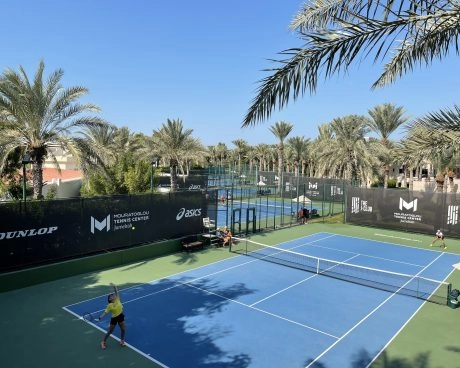
For players looking for power
If you want to hit with more force, a lower tension (20 to 24 kg) is recommended. This allows the string to deform more when struck, returning more energy to the ball and facilitating powerful shots.
- Advantages: More power, ideal for long, deep shots.
- Disadvantages: Less control, difficult to adjust shots precisely.














